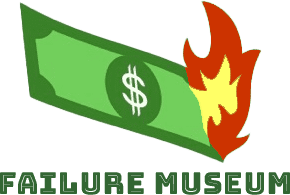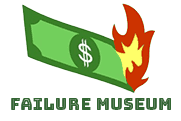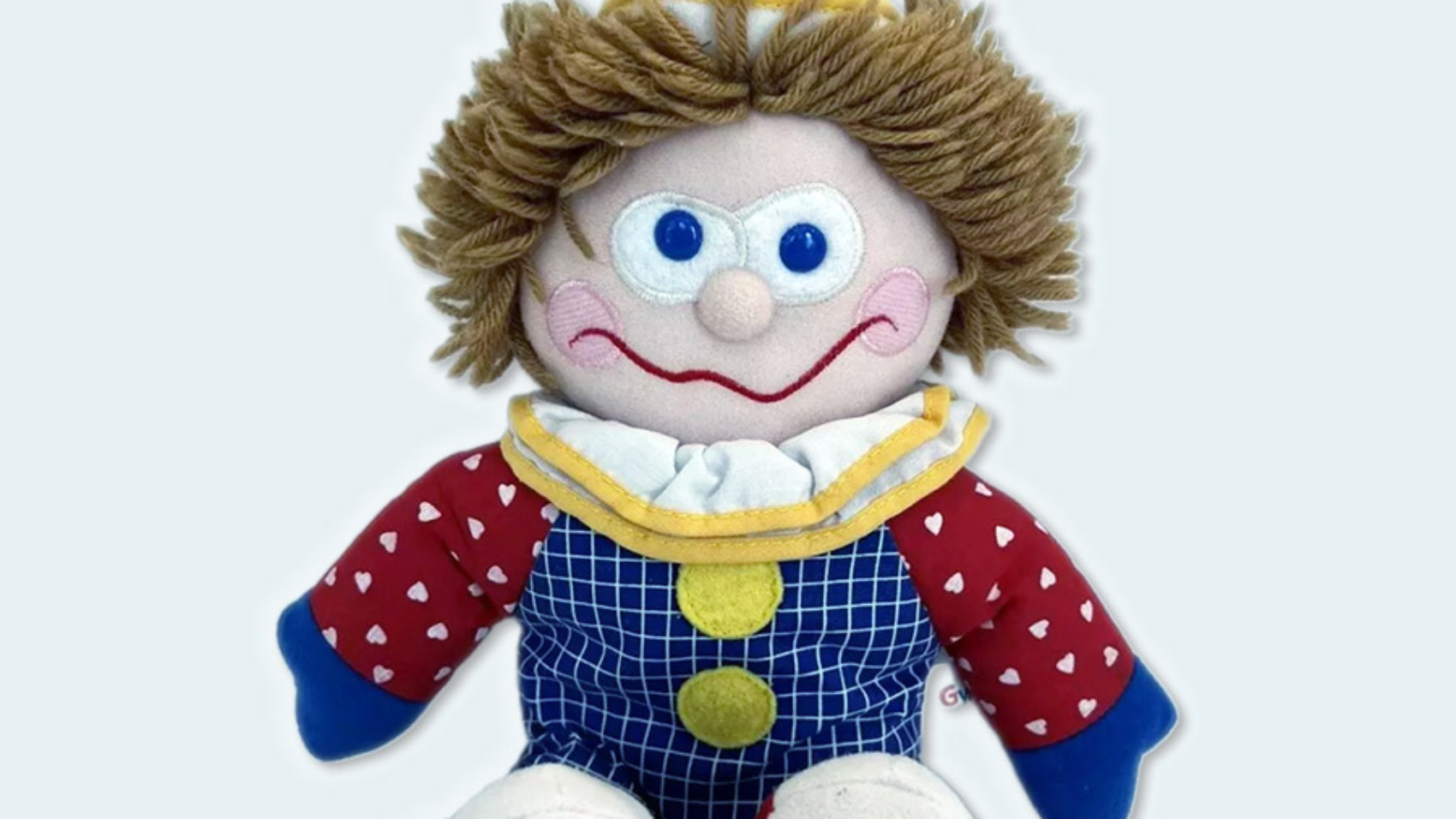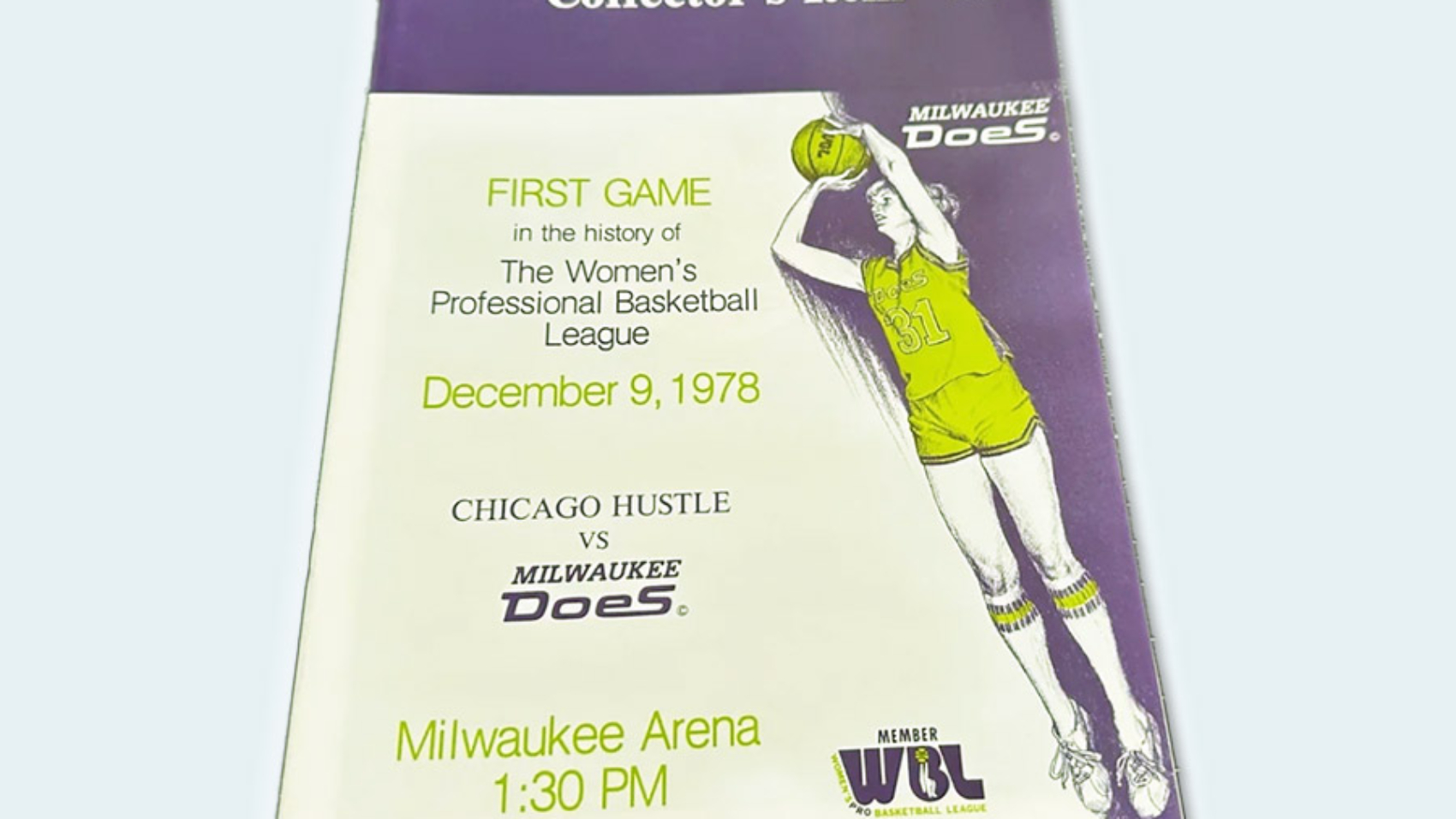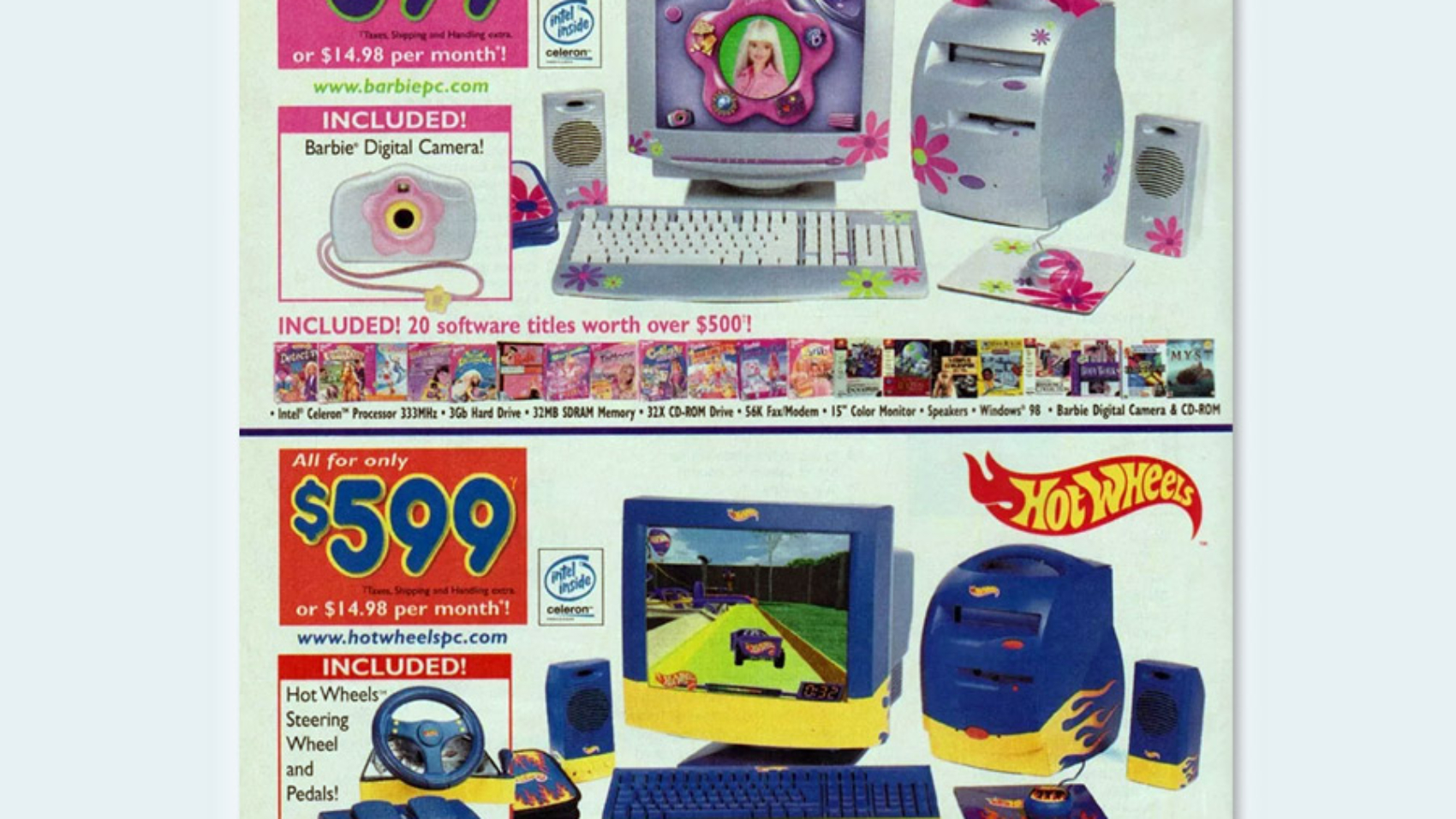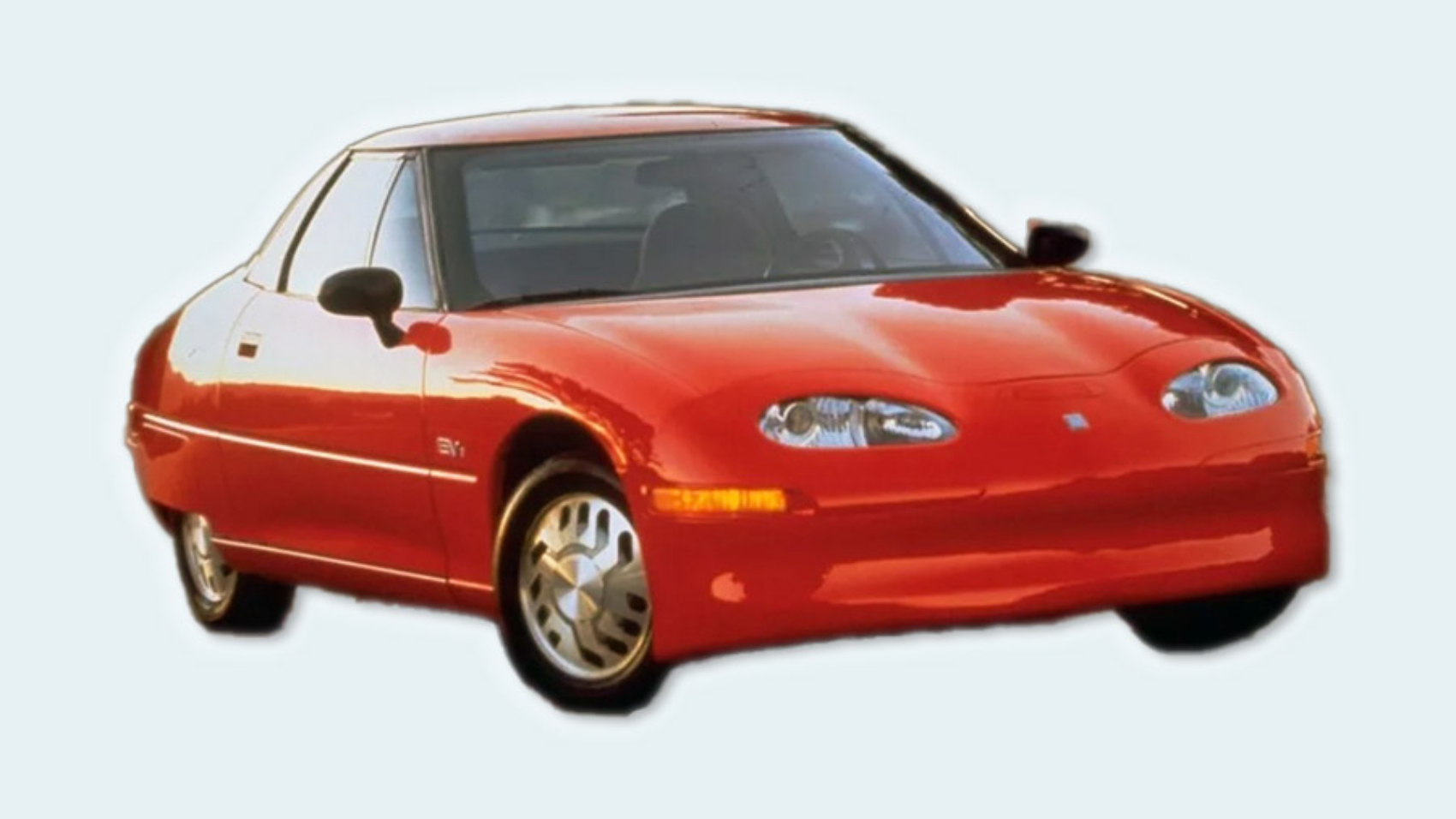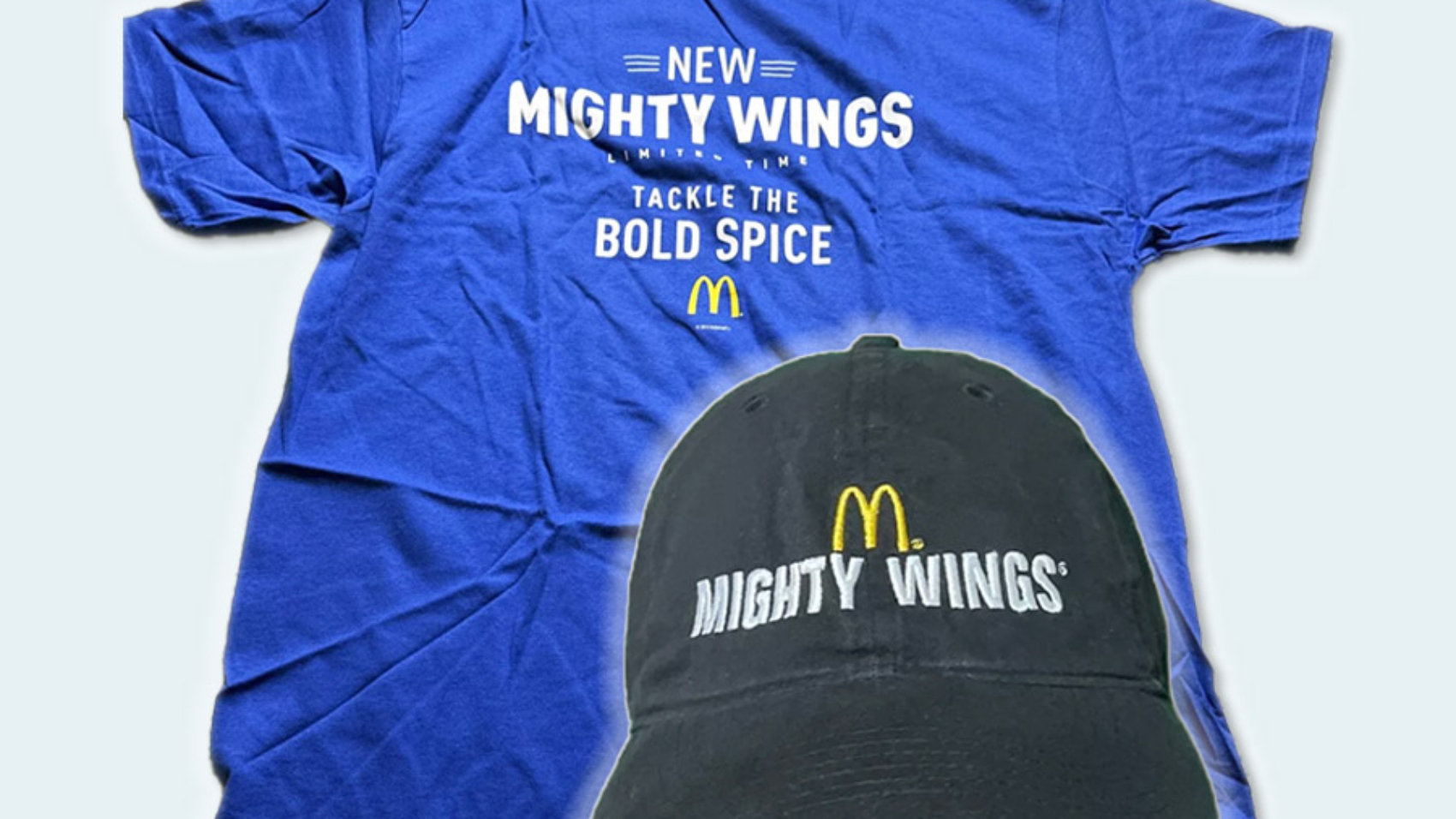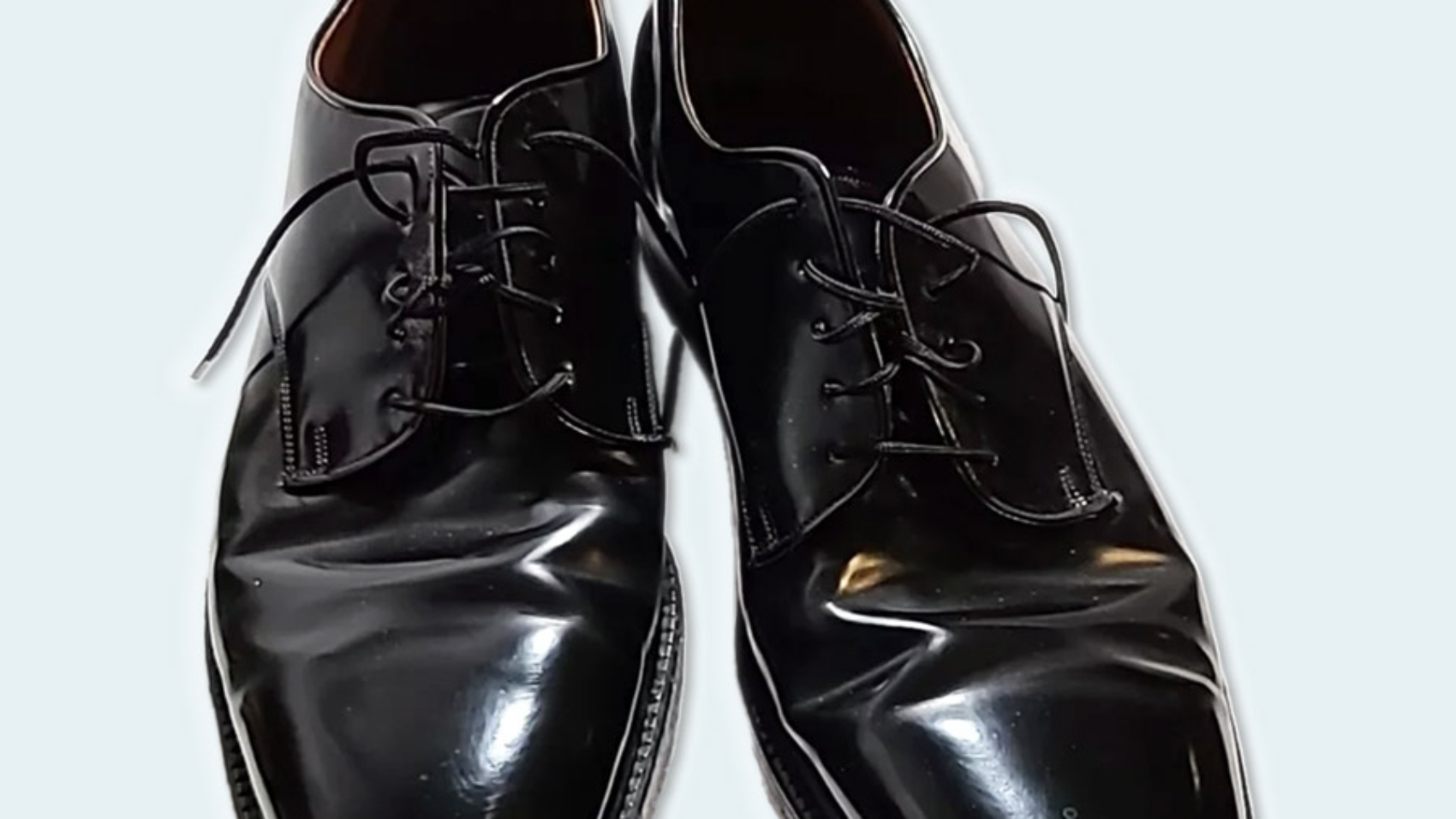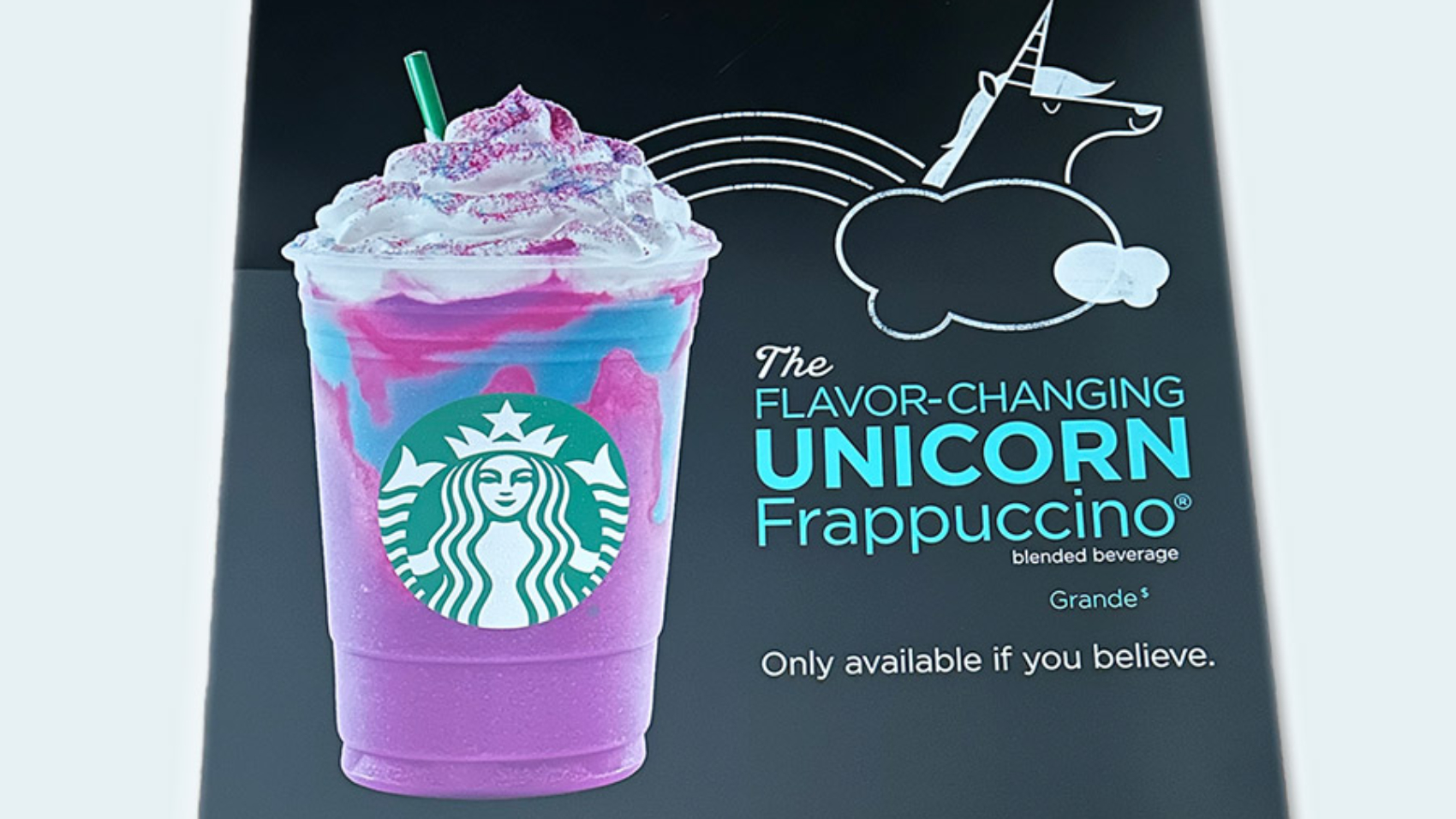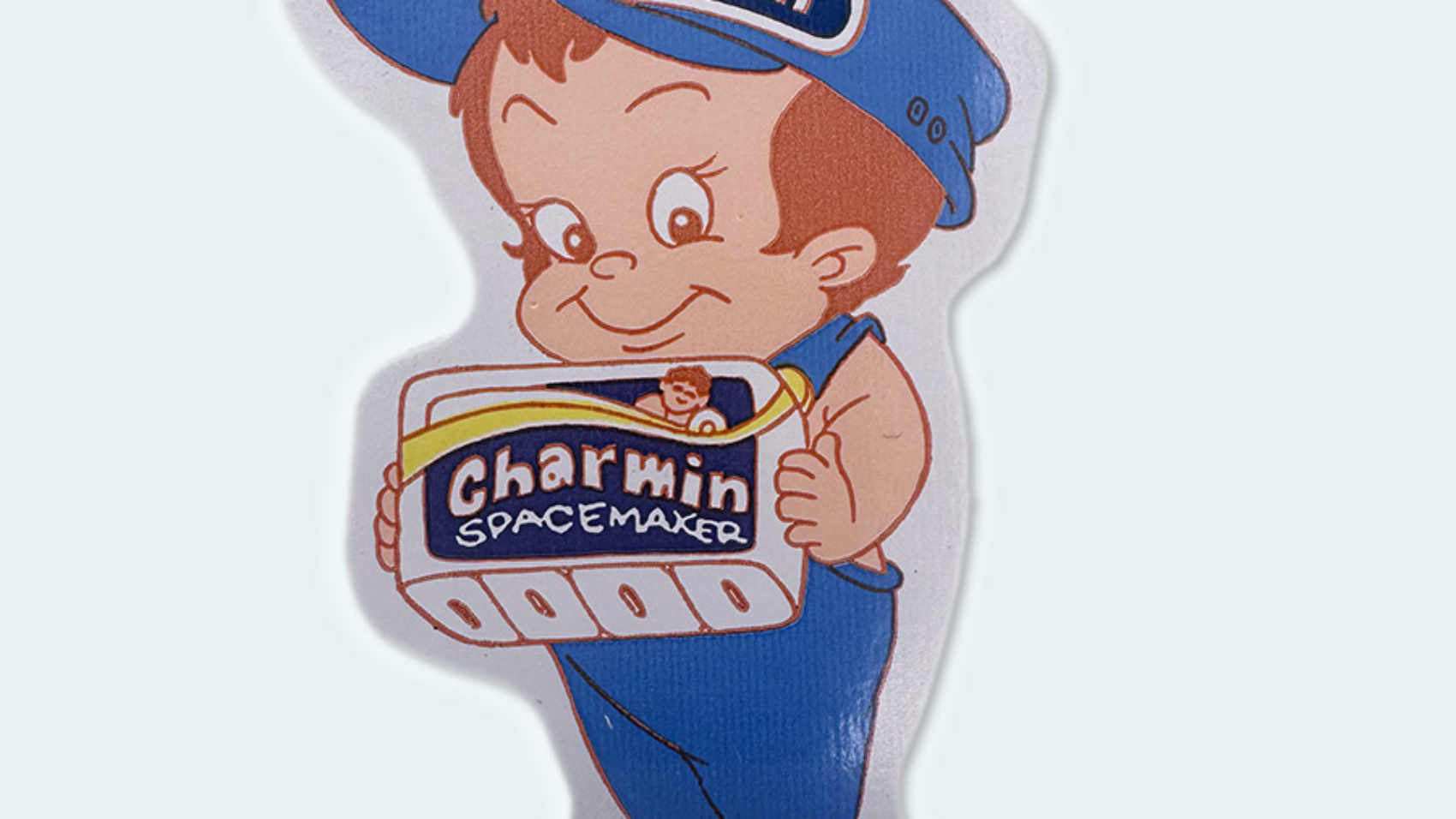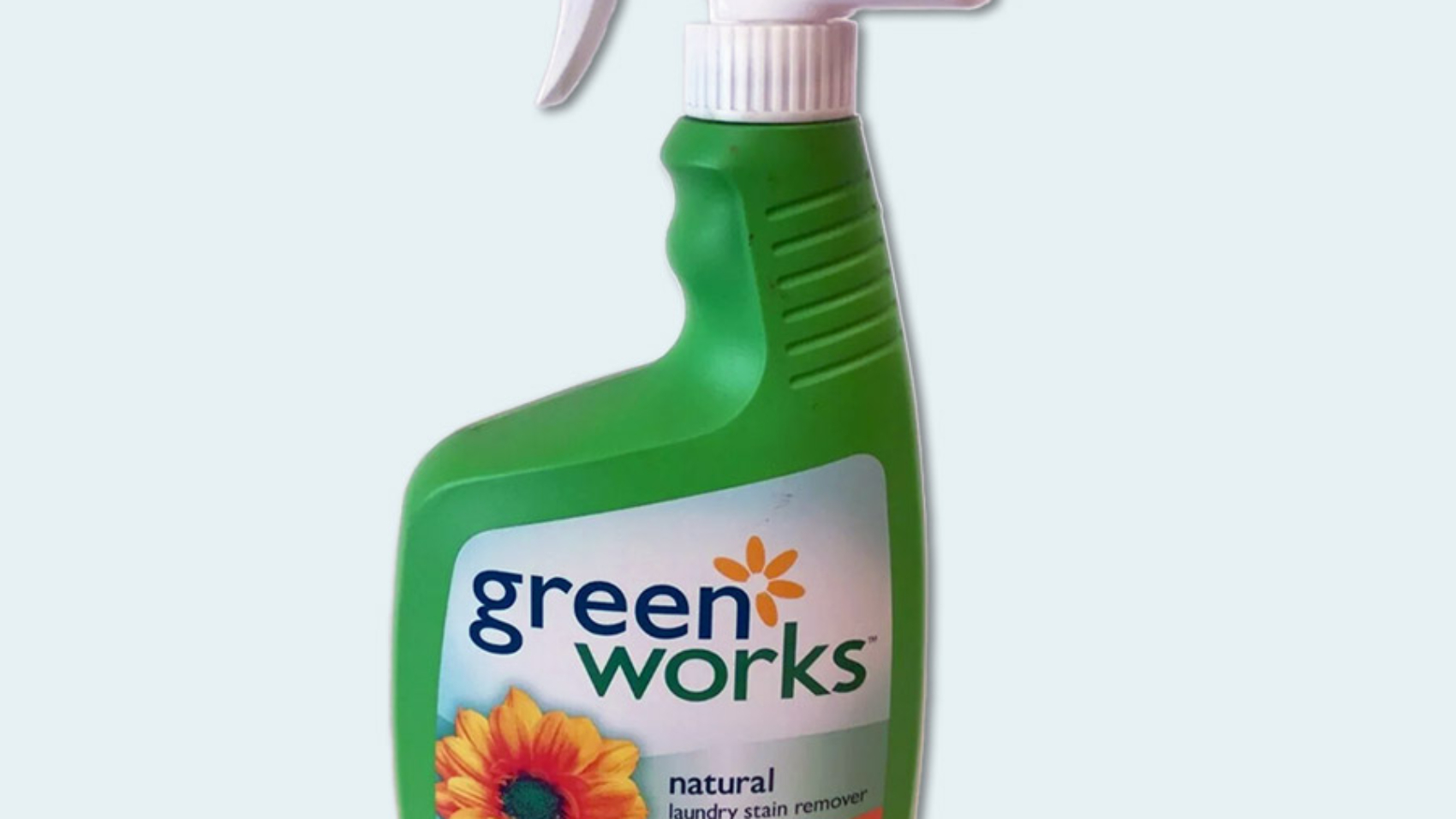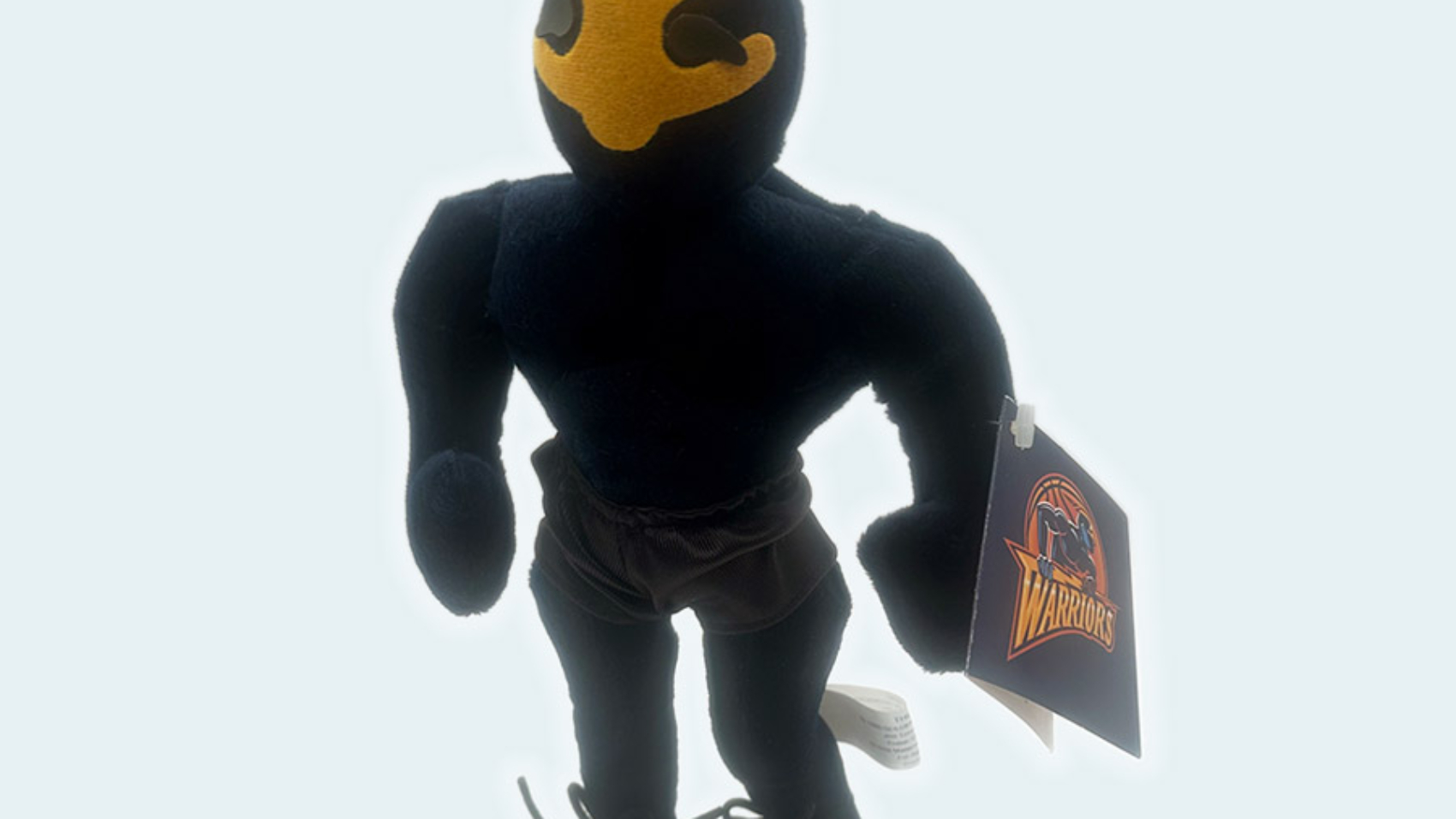Gymboree, a children’s clothing retailer, filed for bankruptcy twice, in 2017 and 2019. They had $1.2B in debt due to the cost of opening new stores. They weren’t able to pay it down since performance deteriorated due to heavy competition.
Over 1000 children’s specialty locations opened in the early 2010s between Gymboree, Crazy 8, Carter’s, The Children’s Place, and other smaller brands. The increasingly saturated market became a race to the bottom on price, and Gymboree chose to join that race rather than maintain its previously more premium positioning — despite having smaller format stores and other cost disadvantages.
